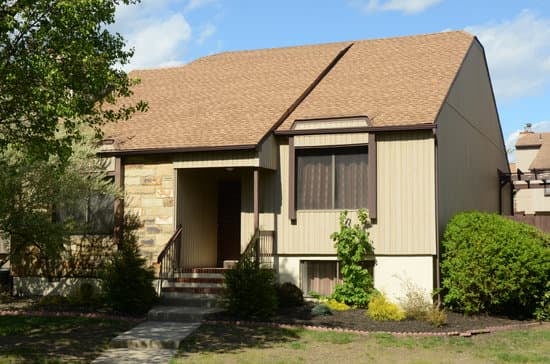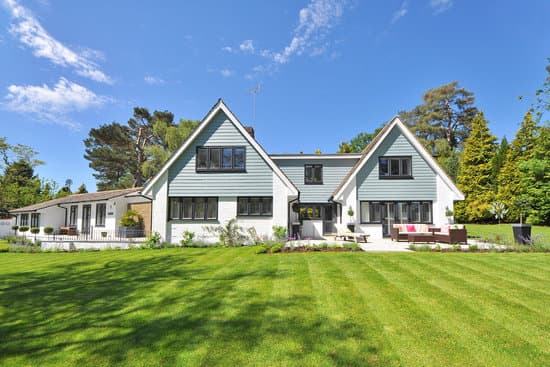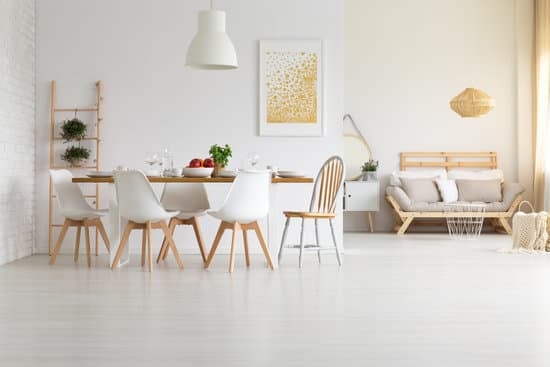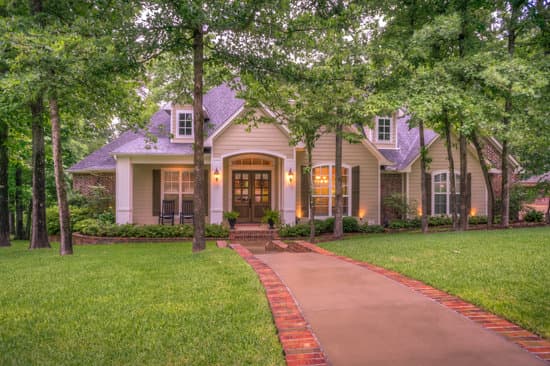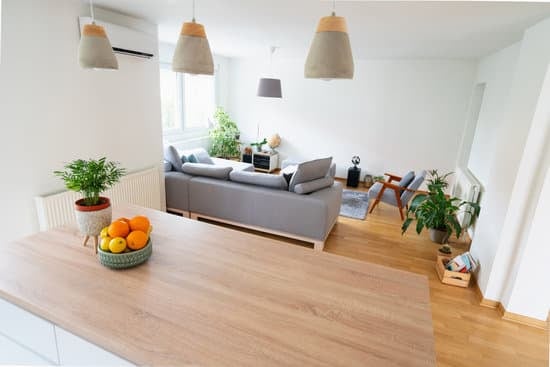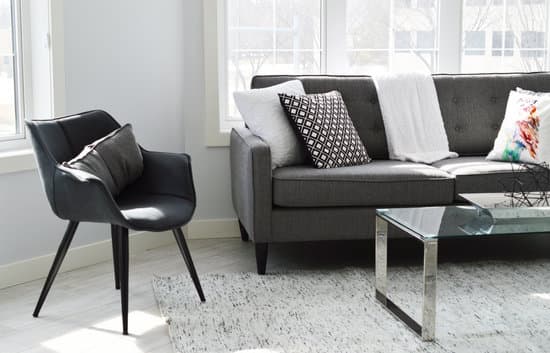A formal dining room can indeed add value to a house, but it ultimately depends on the circumstances. Here are some things to consider:
Home Size: If the house is on the smaller side, it might be more worthwhile to use the space for flex rather than a formal dining area. People are prioritizing flex space, such as home offices and multi-use rooms, more than ever now.
Number of Rooms: In a house that already has a sufficient number of bedrooms, a formal dining room can add to the overall value. However, if the house is lacking in other key rooms, such as a family room or den, it might be better to prioritize those first.
Location: This is a significant factor. In areas where larger homes with formal dining areas are the norm, not having one can decrease a home’s overall appeal and value. In contrast, in areas where smaller, more efficient homes are preferred, a formal dining room is likely less important.
Future Plans: If you plan on staying in the house long-term, keep in mind your own preferences and needs. If you frequently entertain or enjoy hosting large gatherings, a formal dining room could be a valuable addition.
Overall, it’s important to evaluate your own specific circumstances and the market in your area before deciding whether a formal dining room will add value to your home.





